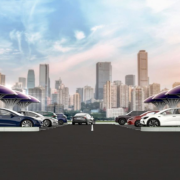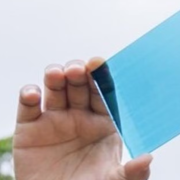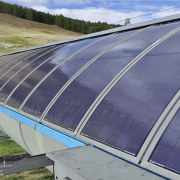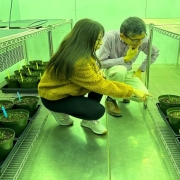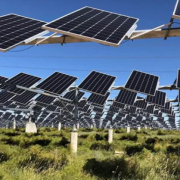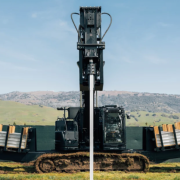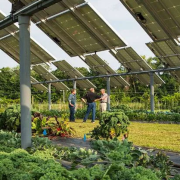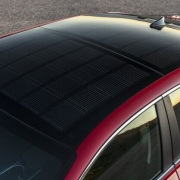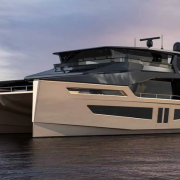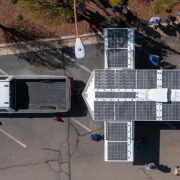Metal trees with a seven-meter canopy of solar panels that generate electricity may soon be coming to car parks and shopping malls in the UK.
The structures, which will capture the sun’s energy through nano photovoltaic “leaves” and could store it in a battery placed within the tree’s trunk, were designed by British startup SolarBotanic Trees as a power source for charging electric vehicles (EV). The company recently completed a half-scale prototype of the device and is now looking to build and test a full-size version, before beginning commercial production at the end of the year.
In the UK, EV charging infrastructure is rapidly growing, with more than 40,000 public charging points installed by the end of April 2023, up 37% from the previous year, according to ZapMap, an EV mapping service. But this still does not keep up with demand, with the UK’s Climate Change Committee estimating that 325,000 charging points will be needed by 2032 to support the growing electric fleet.
Click here to read the full article
Source: CNN
—
If you have any questions or thoughts about the topic, feel free to contact us here or leave a comment below.

